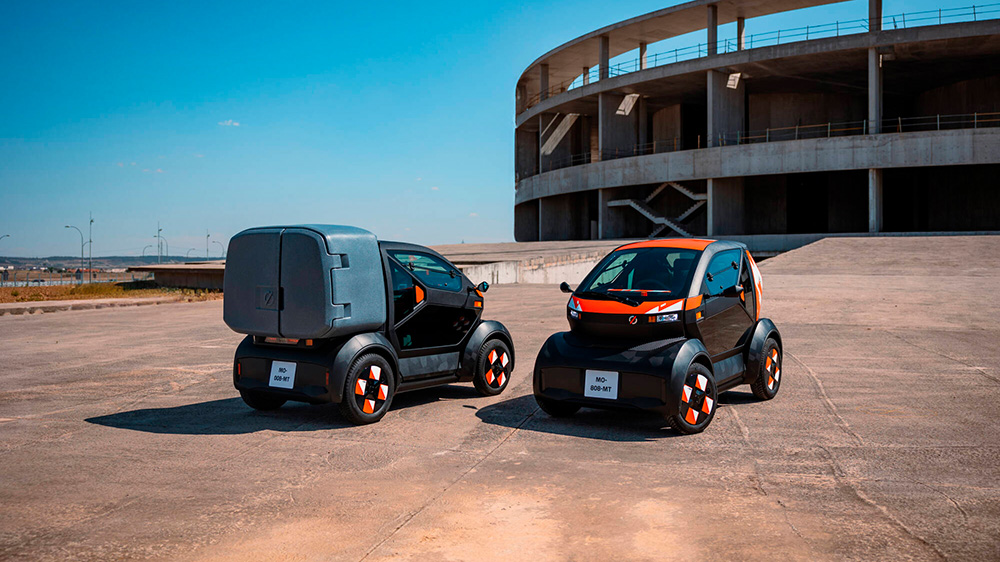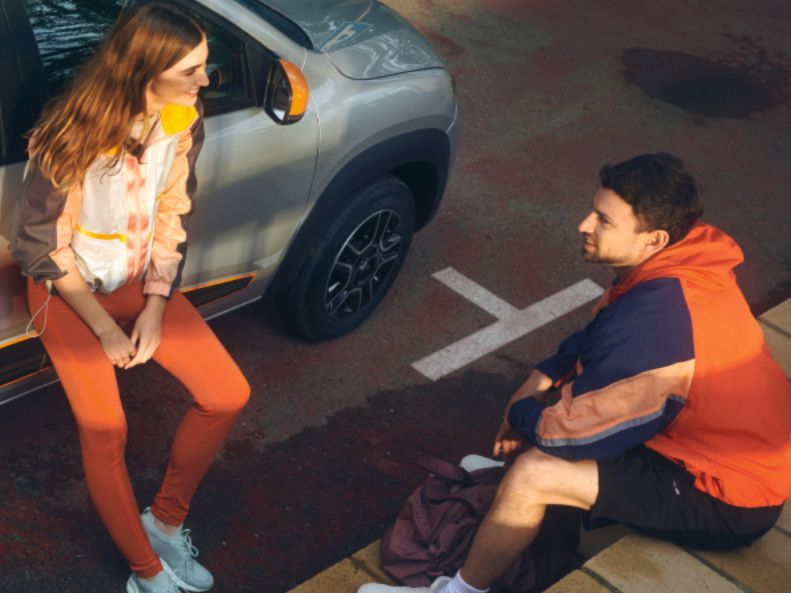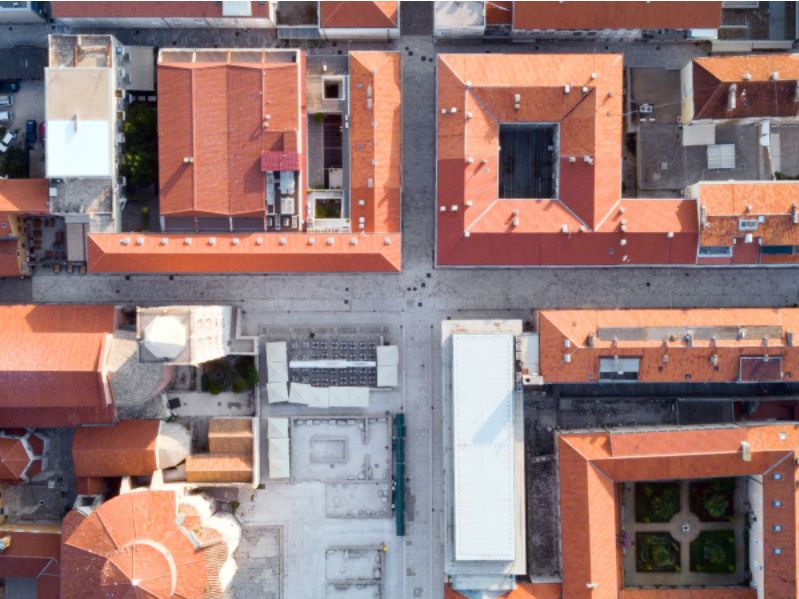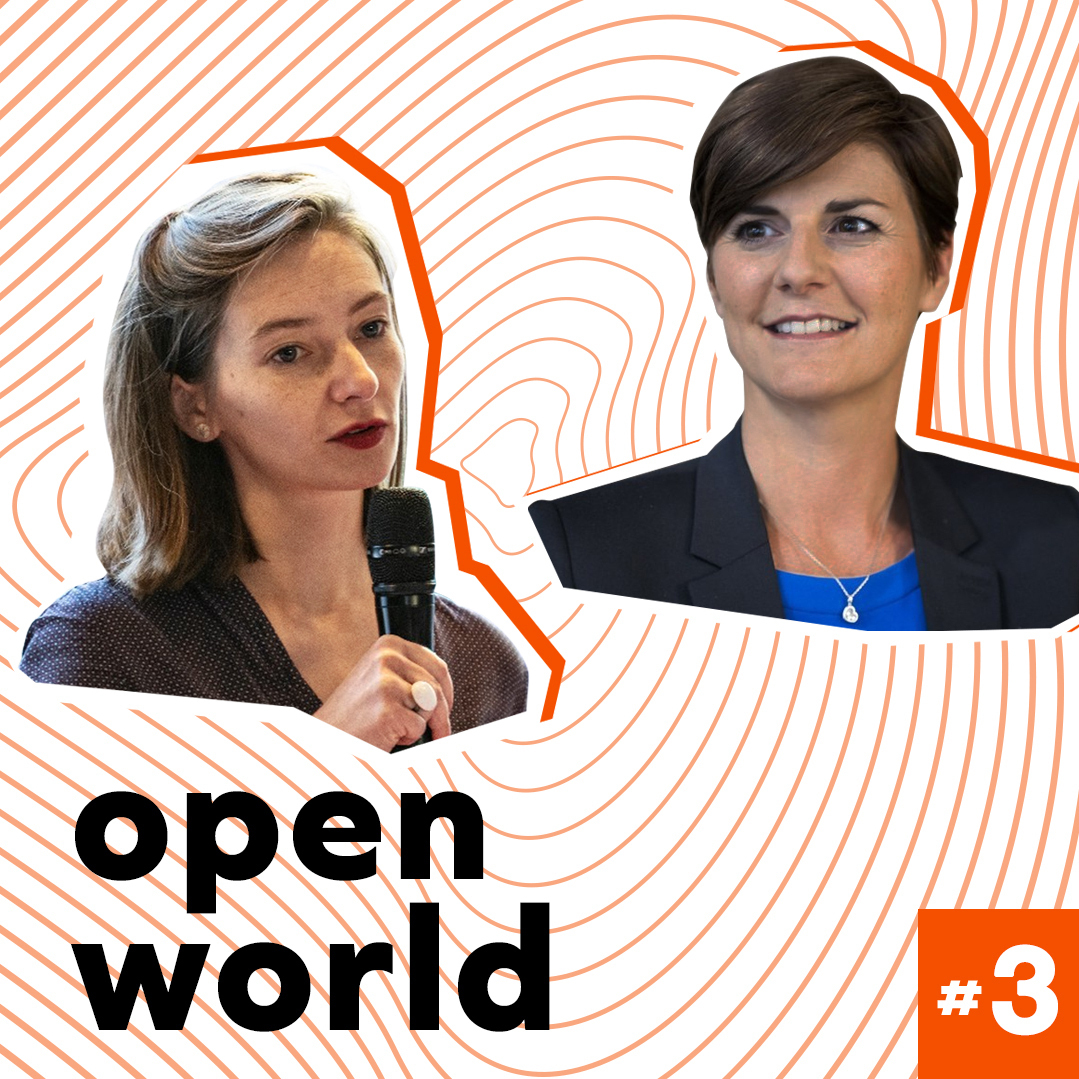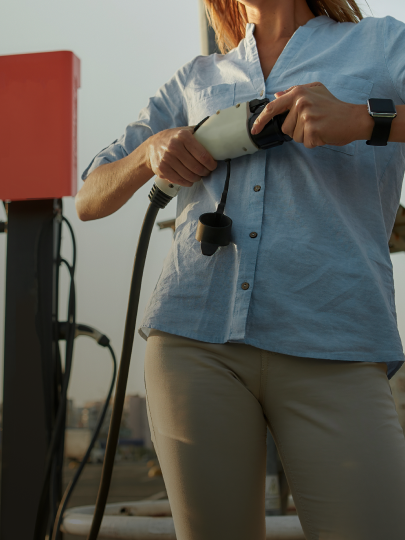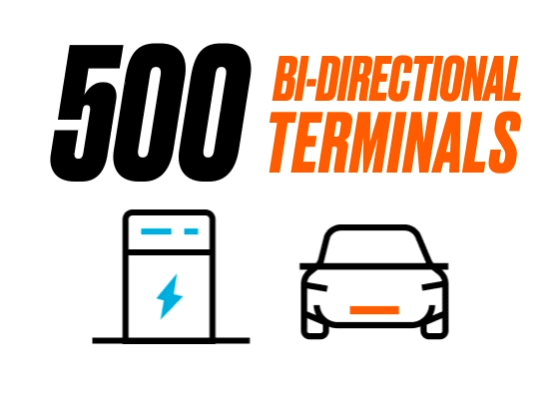
Improving the green energy mix
The self-service electric vehicles that are currently deployed in the Dutch city of Utrecht have the ability to feed some of the electricity from their batteries back into the grid once hooked up to the city’s public charging points. This system, which uses vehicle-to-grid (V2G) technology, helps balance out the grid by only recharging batteries when demand is low and by returning energy to the grid during peak load times. It’s a shining example of how to encourage the use of intermittent renewable energy sources.
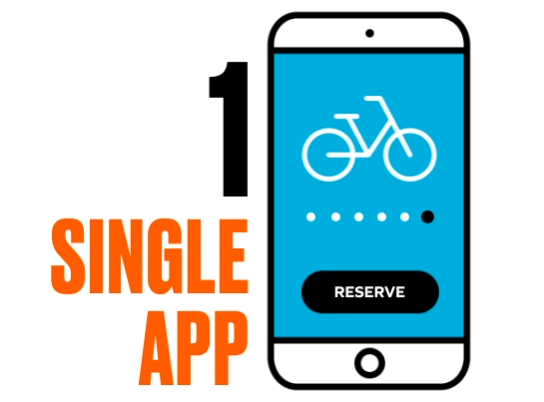
Providing à la carte mobility
Helsinki, a city with a reputation for setting the standard in the environmental protection sphere, decided to introduce an integrated on-demand mobility solution in the form of a single app, which led to the Finnish capital setting up a centralized MaaS (Mobility as a Service) system. The app provides users with information on the various modes of transport available, and allows them to combine different modes in a single click, be that taxi, metro, tram, bus, car or even bike. Users can also book, plan and pay for their journeys via the app. It’s kind of like carrying an A to Z of local transport around with you in your pocket!
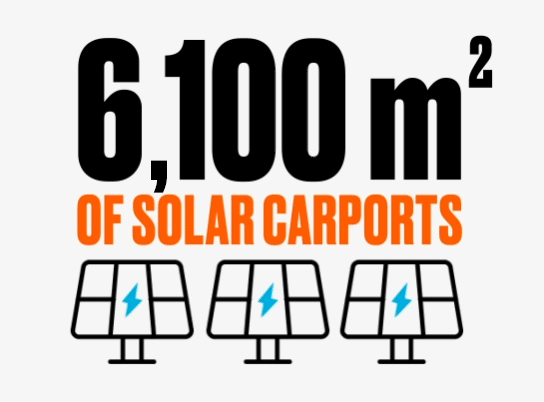
Combining comfort with practicality
Having launched the project a few years ago with 2 pilot carports, the French city of Toulouse is currently testing the use of solar canopy installations in 12 carparks across the city, covering a total of 6,100 m2. These autonomous charging stations are capable of producing 1,000 MWh of electricity each year, which is equivalent to the consumption of 350 people. Parked vehicles can enjoy the shade of the facilities and be recharged with ultra-local green electricity.
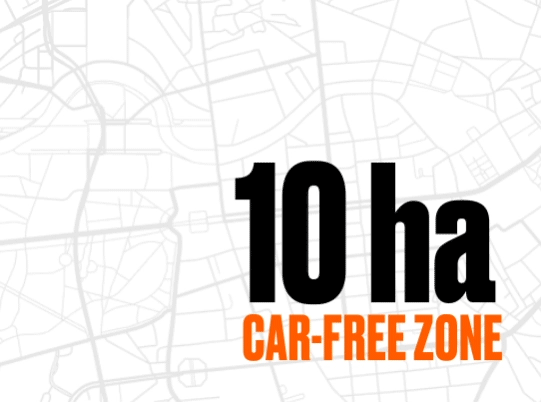
Decongesting the town centre
Back in 2007, the Slovenian capital Ljubljana was one of the very first to close its centre to vehicles due to constant traffic congestion. The city council then came up with a range of alternatives to help people get around: free electric taxis for the elderly and for families with children, improvement of the cycling and public transport network, generalised 30 km/h speed limit, delivery vehicles only allowed between 6 and 10 a.m., and even a 10-hectare zone that is totally car-free. A smoother mobility for a better breathing city centre.
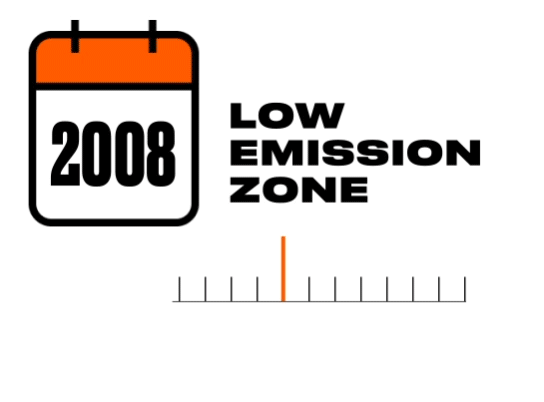
Encouraging soft mobility solutions
Launched in 2008, the city of London’s “low emission zone” only allows low-polluting vehicles to access the city centre. Other major European cities have since followed suit, including Antwerp, Copenhagen, Paris, Milan and Berlin. In 2019, the London scheme was extended with the introduction of an “ultra low emission zone” and even a “zero emission zone” in the very heart of the city. It operates alongside the “London Congestion Charge”, a toll scheme that restricts vehicular access to the city. Walking or using soft mobility solutions is highly recommended!
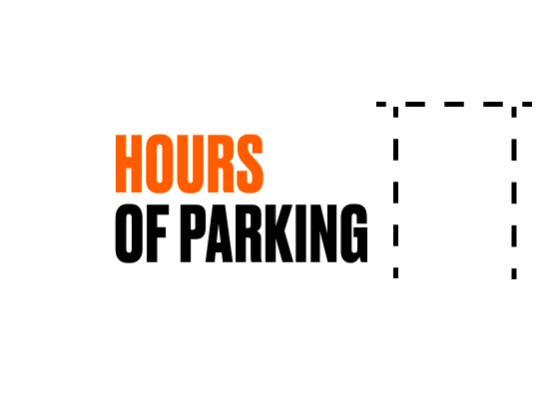
Offering free parking
Since mid-2021, rechargeable electric and hybrid vehicles that emit less than 60g of CO2 per kilometre have been eligible for 6 consecutive hours of free parking in the heart of the French capital, Paris. This initiative was introduced to complement the “green badge” system, which allows anyone with a “clean” vehicle to park in Paris free of charge for up to two hours.
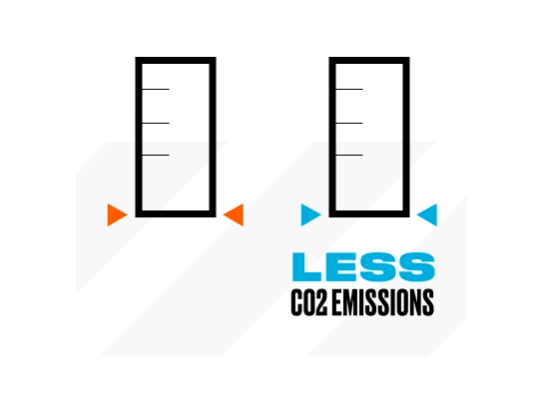
Calculating energy savings
The Irish city of Dublin has set up an online eco-calculator system that estimates the CO2 emissions avoided by users who prefer public transport to private vehicles. The aim? Encourage choices have. It’s a great way of raising people’s awareness of all the environmental benefits public transport has.
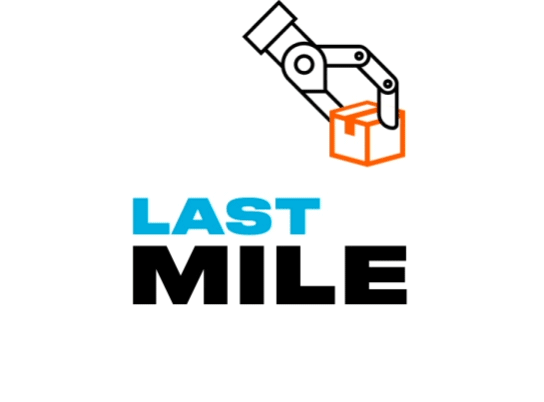
Robotising small deliveries
Last-mile deliveries are the most critical point in city-centre e-commerce logistics. In an effort to streamline these short deliveries to end customers, the Texan city of Huston is taking the bold steps by putting small autonomous vehicles on its pavements. Delivery robots equipped with 360° cameras and sensors are now authorised to wend their way along the city’s streets transporting food, medication and other little parcels, which are dropped directly at the recipient’s door. It’s an amazing way of mitigating congestion on the American metropolis’s roads.
